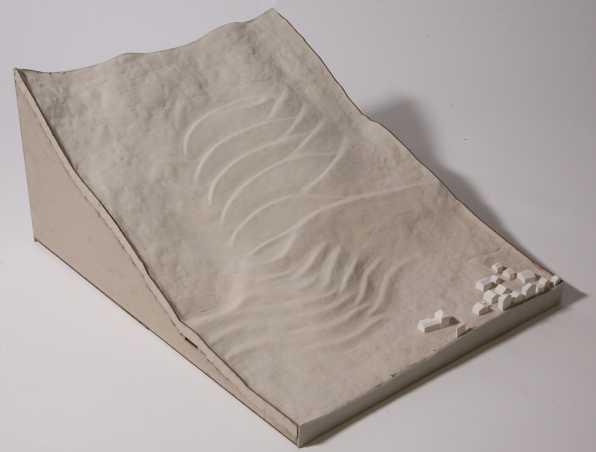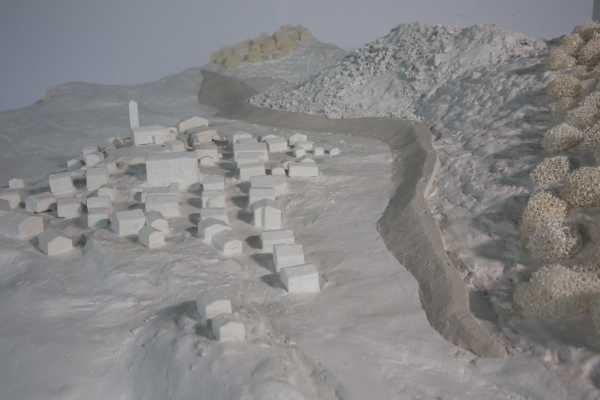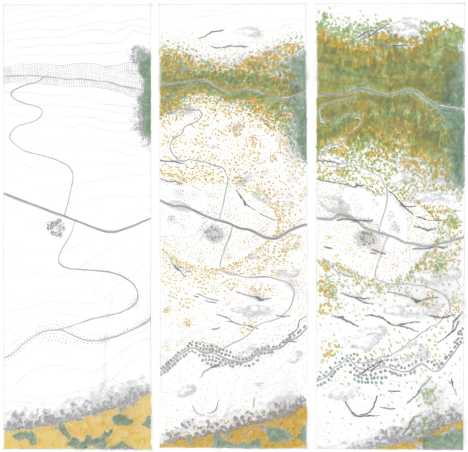“The image of Heidi's Switzerland will change and there will be new natures”
Climate change leads to more landslides and flooding. ETH professor Martina Voser is investigating how landscape architecture can respond to this in the sandbox, on the computer and in dialogue with the population.
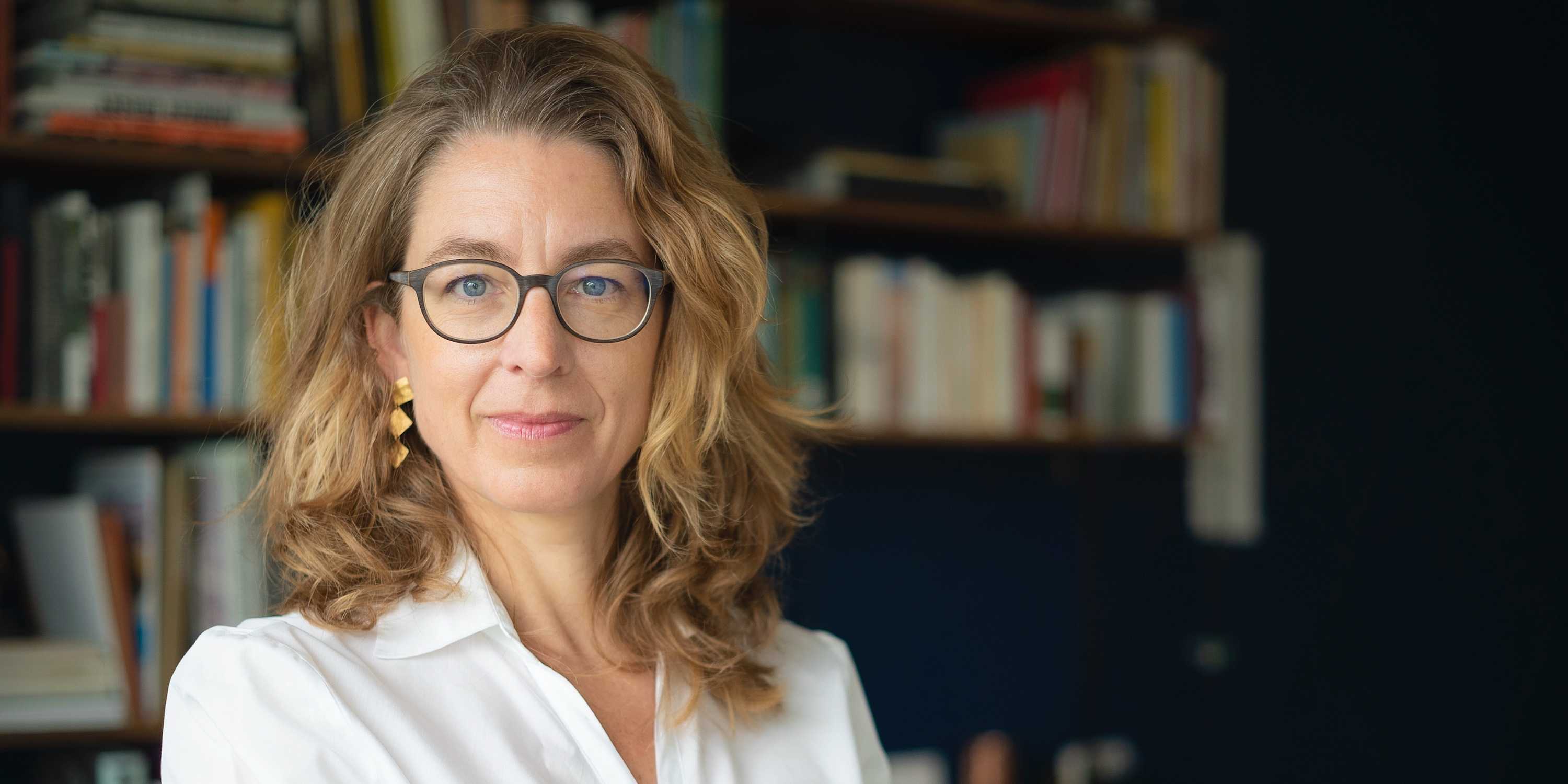
There is a large sandbox in the office of ETH professor Martina Voser. It is not intended for children, but for adults. The landscape architect can use it to intuitively model topography and water flows. A camera above the sandbox transfers the physical model into digital space and can project simulations onto it. “The switch between analog and digital, between intuition and precision is important in order to understand the temporal dimension in the design phase,” says Voser. Because, unlike architecture, landscape is not static: plants grow, organisms develop, geology changes. Voser puts it this way: “You learn to design with processes.”
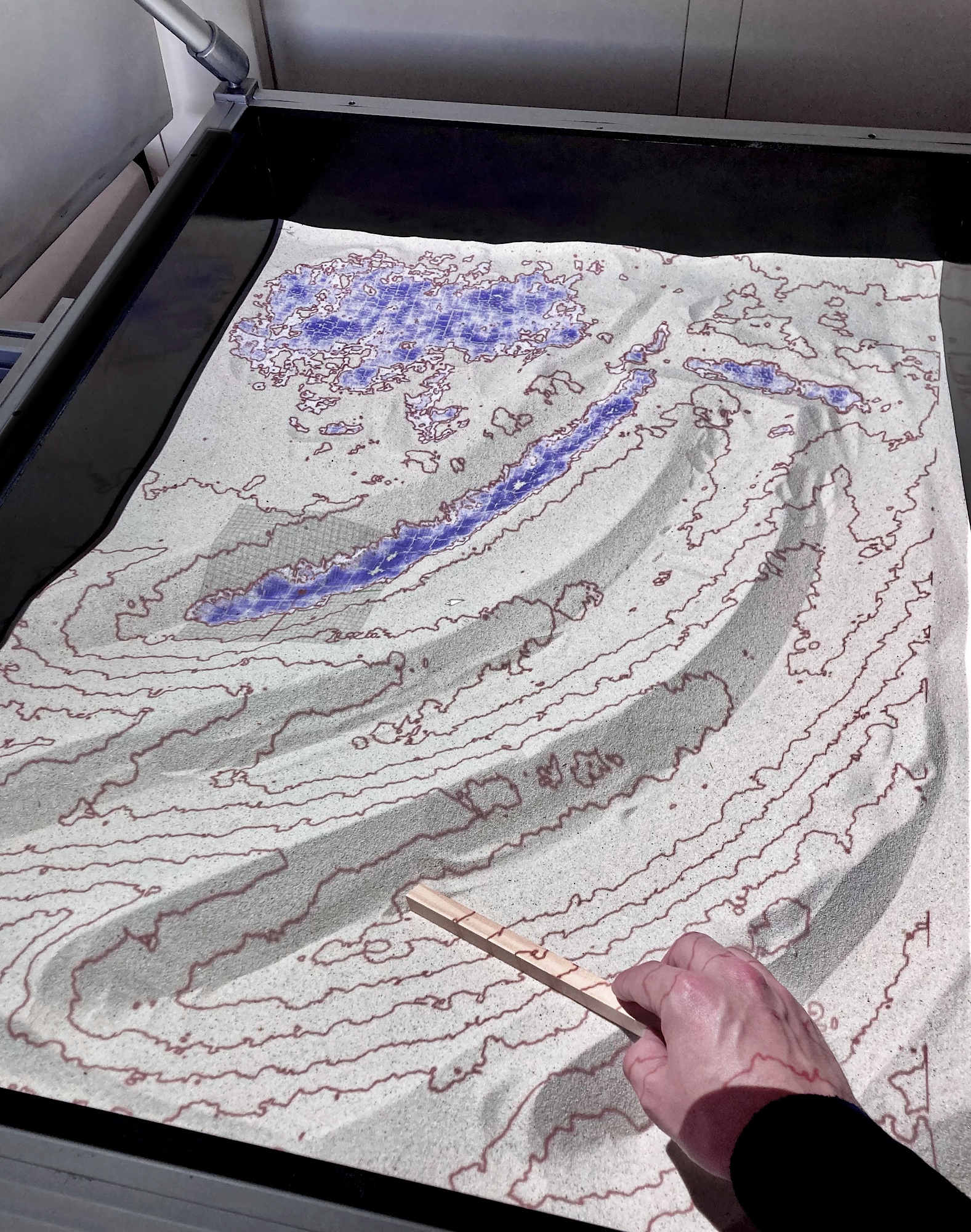
Martina Voser has been a visiting professor at ETH Zurich since 2021, and at the end of 2023 she was appointed full professor of landscape architecture. The 50-year-old Swiss once studied architecture at ETH and later taught in Cottbus, Mendrisio and Lausanne. At ETH she teaches design for the architecture and landscape architecture courses. “Together with the students, we are looking for a new vocabulary for the contemporary landscape,” says Voser. It's about reading the landscape, thinking in systems - and taking time into account.
In addition to her professorship, Martina Voser runs the landscape architecture office mavo Landschaften in Zurich. “The exchange between research and practice is important,” she says. The profession is changing. Clients often don't just want a design for a park or cemetery, but are looking for transformation strategies for entire areas. The questions are usually open and overarching. “We are always looking for multi-layered added value – for flora, fauna and society.” This shift in practice in turn influences teaching and research.
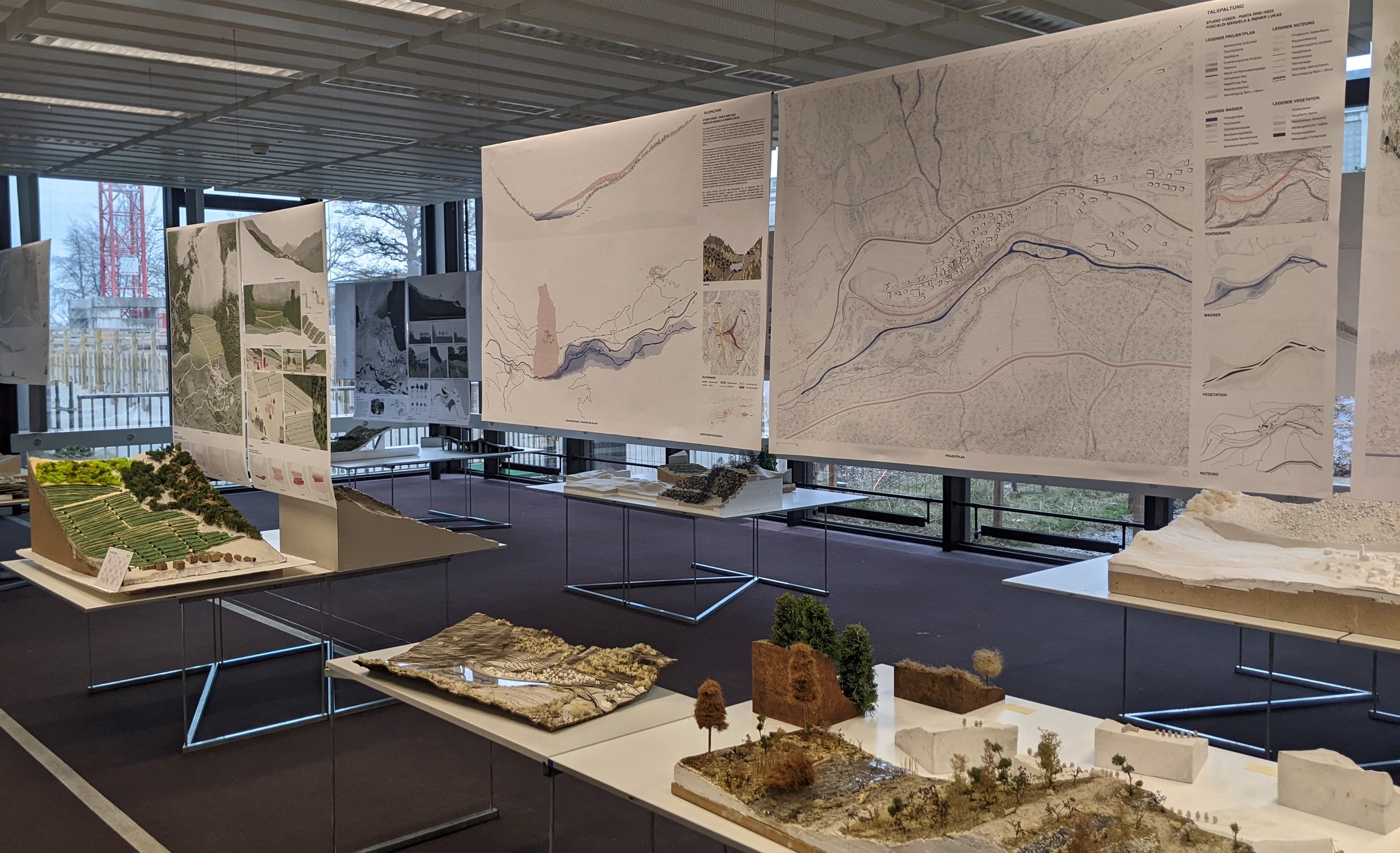
The landscape becomes more dynamic
The densification in Swiss cities and agglomerations means that the landscape has to do more and more. It serves local recreation, it provides resources, and it contributes to biodiversity. Voser speaks of a “condensed landscape”. According to the professor, there has no longer been a clear boundary between city and landscape for a long time. This means that different interests overlap. “Landscape is political.”
The area of influence of landscape architecture extends beyond the boundary of the plot, it is sometimes between two rows of houses and sometimes between two valleys. “The landscape conveys and connects,” says Voser. Between past and present. Between ecology and engineering. Between architecture and nature. All of these demands on the landscape require specialists in planning. But there is a great shortage of skilled workers in the discipline, which is why external pagethe federal government is promoting education and advice for the landscapecall_made.
“The dangers are increasing, but at the same time we have to embrace the water.”Martina Voser
“ETH was founded when the infrastructure of modern Switzerland was being built,” says Voser. Today it's about adapting it and making it fit for the future. With climate change, the landscape is also changing. It's about topics such as heat reduction in cities or storing water in urban or rural contexts. Climate adaptation must respond to the fact that there are more landslides, droughts and floods. The landscape becomes more dynamic and needs more space. The streams were once channeled and the swamp areas drained. Today, attempts are being made to give the rivers more space and even allow controlled flooding. “The dangers are increasing, but at the same time we have to embrace the water,” says Voser.
What do these changes mean for the design of the landscape? “We have to see the crisis as an opportunity,” says the professor. “The image of Heidi's Switzerland will change and there will be new natures.” It is therefore important to inform and support the population in the process. Voser dedicated the last semester to the landslide in Brienz and started with three questions: Leave the village? Protect the village? Or change the village? The students drew possible solutions and discussed them with the mayor and a spatial planner. “The process helps to initiate debate and reduce fears.”
Voser wants to illustrate how climate change can be tackled on a small scale with a water garden on the roof of the HIL building at ETH. The project is designed as a “living lab”, so it will combine everyday life and research. Thanks to the installation, the bare roof terrace will be able to retain more water. And at the same time be upgraded. The landscape once again acts as a connecting element.
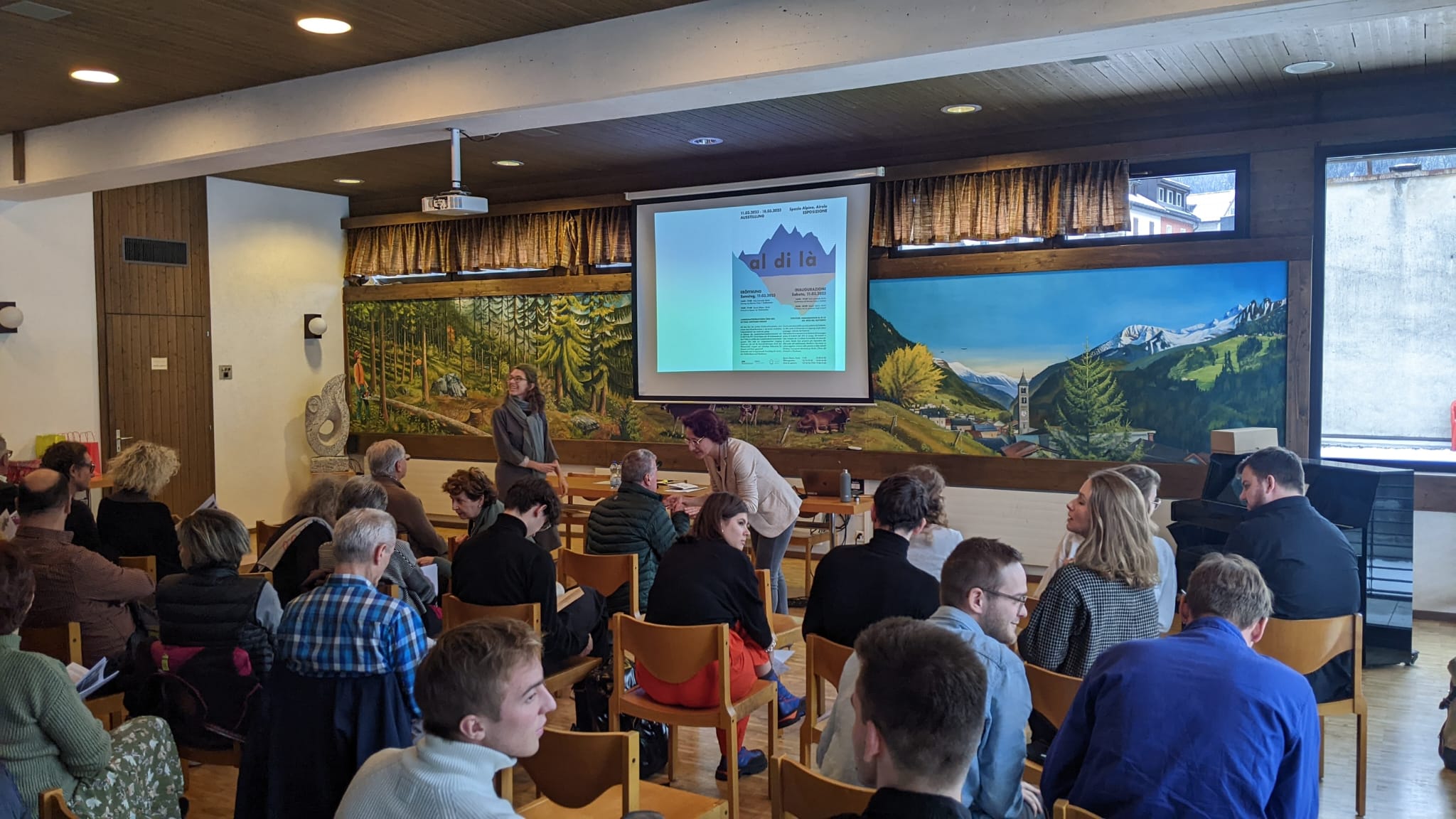
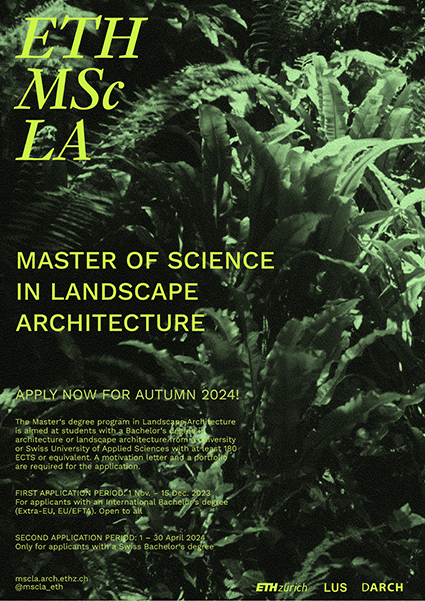
Master in Landscape
Since 2020, ETH Zurich has been offering a Master in Landscape Architecture. The course is aimed at students with a bachelor's degree in architecture or landscape architecture. The application deadline for the fall semester of 2024 is April 30th.

